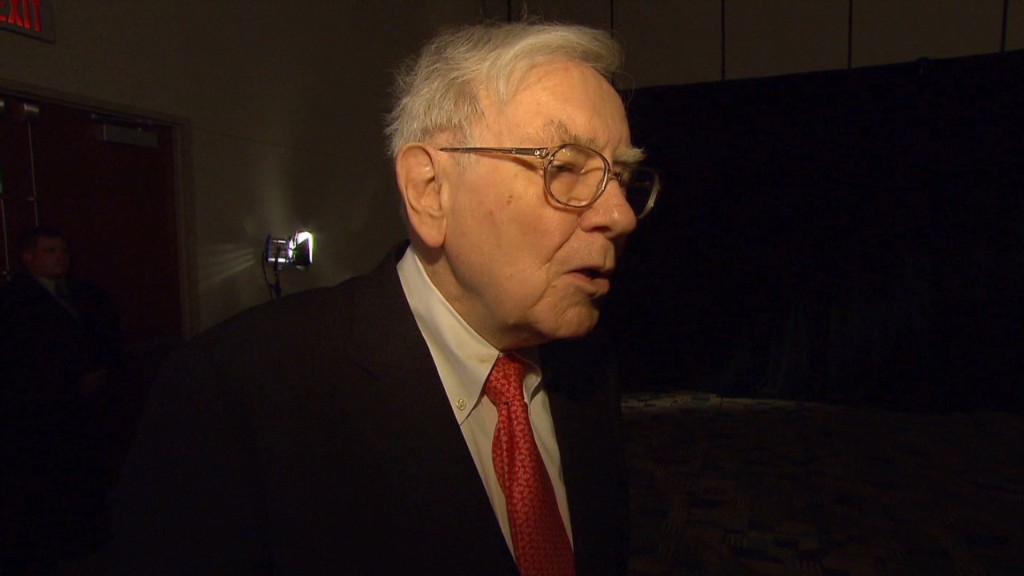
The U.S. economy is on stronger footing than a year ago, but Ben Bernanke wants to be careful not to squelch the recovery now.
"A premature tightening of monetary policy could lead interest rates to rise temporarily, but would also carry a substantial risk of slowing or ending the economic recovery and causing inflation to fall further," the Federal Reserve Chairman told the U.S. congressional Joint Economic Committee on Wednesday.
The Federal Reserve has kept its key short-term interest rate near zero since December 2008, and expects it to stay there for a "considerable time" as the recovery strengthens, Bernanke said.
The central bank is also engaged in a controversial stimulus policy known as quantitative easing, in which it buys $85 billion a month in mortgage-backed securities and Treasury bonds. The policy is intended to reduce long-term interest rates, and thereby stimulate the economy through various channels.
Low mortgage rates, for instance, have played a key role in the housing recovery, allowing some homeowners to refinance and giving buyers an incentive to purchase a home, Bernanke said.
The housing recovery has also boosted construction and real estate jobs, he noted. Since 2011, those two industries have added about 416,000 jobs, according to the Bureau of Labor Statistics.

It's unclear, though, how effective the policy has been in healing the job market overall. The economy lost 8.7 million jobs in the aftermath of the financial crisis, and has since gained only about 6.2 million jobs back.
As of April, the unemployment rate was 7.5% -- an improvement from its high of 10% during the financial crisis, but still well above its pre-recession level. Just six years ago, the unemployment rate was at 4.5%.
Bernanke cited his concerns about not just unemployment, but also underemployment. About 8 million people are working part-time even though they would prefer full-time work.
"High rates of unemployment and underemployment are extraordinarily costly," Bernanke said.
Meanwhile, quantitative easing is credited for stoking stocks to record highs. Some critics, including hawkish members of the Fed, also blame it for fueling bubbles in other assets, including junk bonds and farmland.
Related: Fed's Dudley says new plan needed to end stimulus
Bernanke reiterated Wednesday that the Fed is closely watching for indications of financial instability, including signs that low interest rates may spur investors to "reach for yield" and turn to riskier assets.
The Fed is aiming to keep short-term interest rates near zero until the unemployment rate falls to 6.5% or inflation exceeds 2.5% a year. By the Fed's own forecasts, that scenario is not likely to happen until at least 2015.
The Fed expects to wind down quantitative easing before then, but the timing is not yet clear. Fed watchers have recently been parsing every word out of officials' mouths for hints. Bernanke offered few clues in his testimony Wednesday, but Fed minutes released later in the afternoon mentioned that some members would like to start tapering QE as soon as next month.
"A number of participants expressed willingness to adjust the flow of purchases downward as early as the June meeting," the minutes from the April 30-May 1 meeting said.
The minutes also showed that central bank officials are re-evaluating their strategy to eventually wind down the entire stimulus program, just as Bernanke and New York Fed President William Dudley have suggested. That time still appears to "be well into the future," the minutes said.


